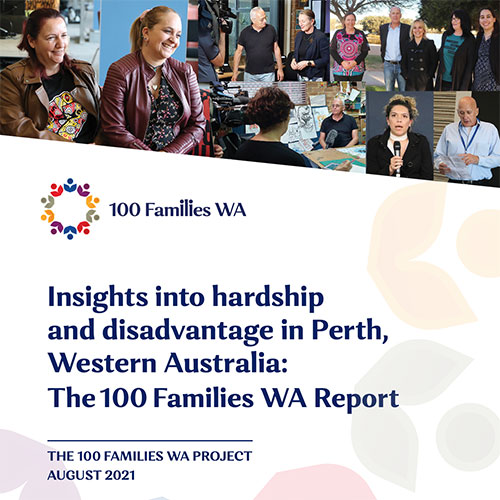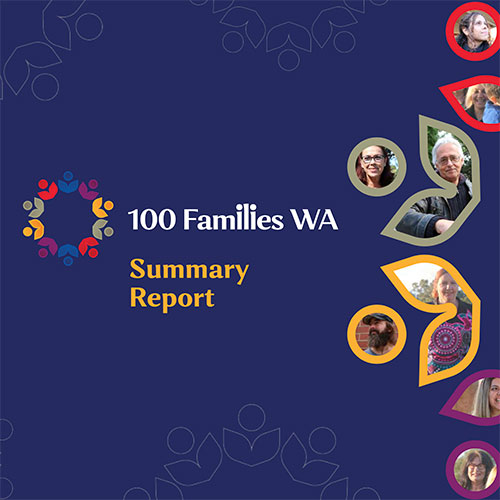Financial issues
Debt
Listen to the audio
I lost my job today. After using up all of my leave entitlement, my boss told me she couldn’t hold my job open any longer. I can’t afford child care for Lewis and anyway, going to strangers isn’t what he needs right now. Without a salary, I am not going to have enough money to meet their basic needs.

Understand the stats
85%
of families do not have access to $500 in an emergency
With regards to employment, families reported significant barriers when trying to to get and keep a job (or just increase hours of employment):
- Illness or disabilty (46%),
- Discrimination (age, race etc), (29%),
- Perception they had wrong or not enough qualifications (28%),
- Child care responsibilies (17%)

Understand the stats
75%
of families do not receive a wage/salary based income
Many barriers exisit to enployment (or increasing hours of work) including; illness or disabilty (46%), discrimination (age, race etc), (29%), perception they had wrong or not enough qualifications (28%), and child care responsibilies (17%)
For families who were on Jobseeker, most (82%) had at least one chronic health condition and at least one mental health condition (76%)
I have been forced to take out a personal loan. The interest rate is pretty high and honestly, I am not sure how I will pay it off. The worst case is I will have to sell the house. I truly hope my daughter gets back on her feet soon.
I am so sad. I feel torn between the love I have for my daughter and grandchildren and the life I worked so hard to get. I won’t give up on the people I love but I also know, these decisions could see me lose everything.

The majority of families were either renting (32%), living in public or communiyt housing (42%) or were experiencing homelessness (17%), therefore selling a house as a last resort to relieve a financial situation was not possible.
In reality, despite families wishes to have long-term, stable and safe accommodation, 1 in 3 family members (32%) reported that they had had to move home as a result of debt.
Understand the stats
85%
of families reported they had debt (most commonly overdue utility bills and personal loans/pay day loans).
Debt is frequently accompanied with behaviours that attempt to alleviate the stressors, including; seeking assistance, pawning, selling things and taking on risky debt.
Not surpassingly, financial services - 45% - were one of the most commonly accessed services by families.
As a result of debt, families reported an inability to sleep - 65% - and stress related illness - 60% - with 43% experiencing relationship break down.

Understand the stats
85%
of families do not have access to $500 in an emergency
With regards to employment, families reported significant barriers when trying to to get and keep a job (or just increase hours of employment):
- Illness or disabilty (46%),
- Discrimination (age, race etc), (29%),
- Perception they had wrong or not enough qualifications (28%),
- Child care responsibilies (17%)

Understand the stats
75%
of families do not receive a wage/salary based income
Many barriers exisit to enployment (or increasing hours of work) including; illness or disabilty (46%), discrimination (age, race etc), (29%), perception they had wrong or not enough qualifications (28%), and child care responsibilies (17%)
For families who were on Jobseeker, most (82%) had at least one chronic health condition and at least one mental health condition (76%)

The majority of families were either renting (32%), living in public or communiyt housing (42%) or were experiencing homelessness (17%), therefore selling a house as a last resort to relieve a financial situation was not possible.
In reality, despite families wishes to have long-term, stable and safe accommodation, 1 in 3 family members (32%) reported that they had had to move home as a result of debt.


